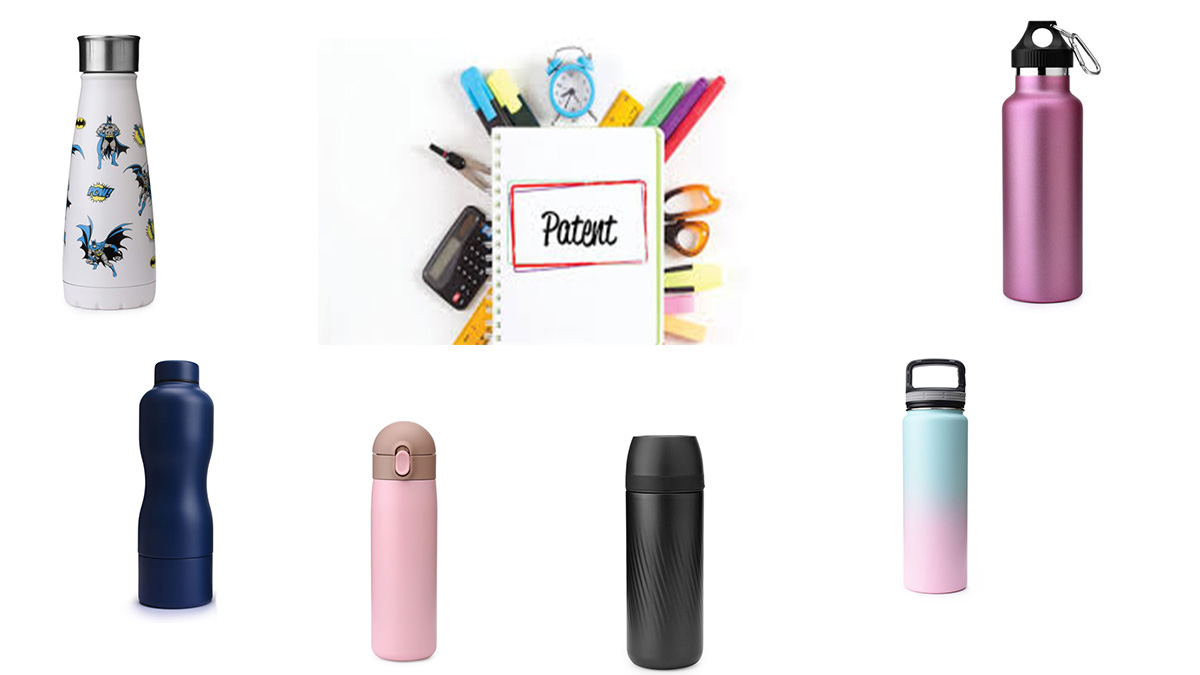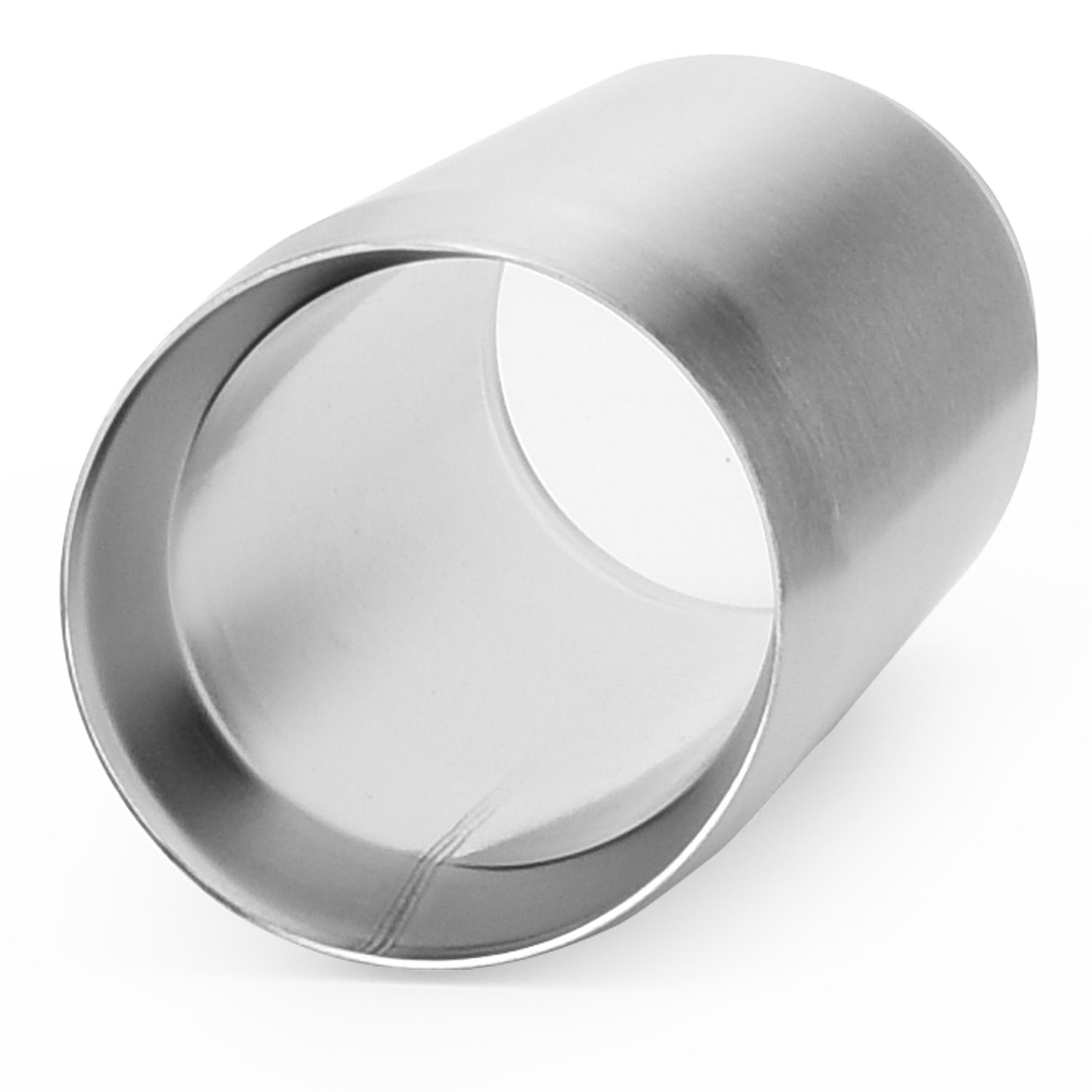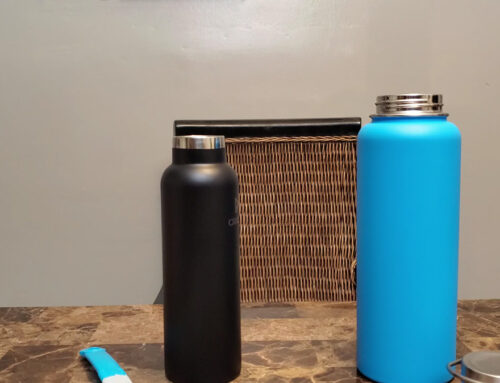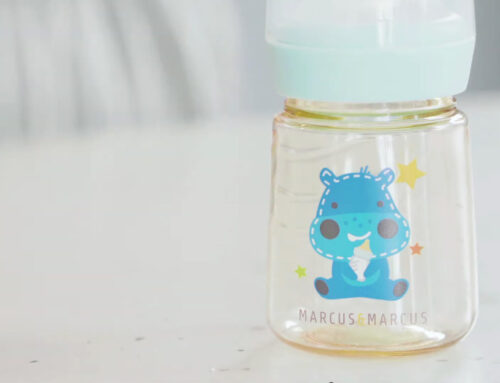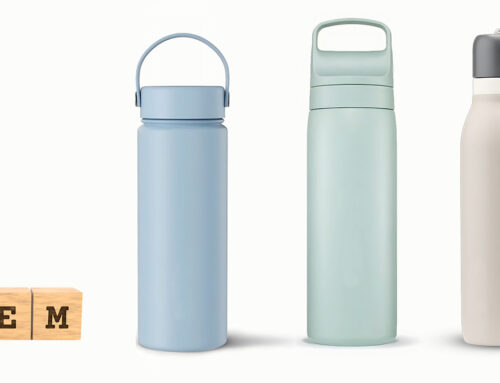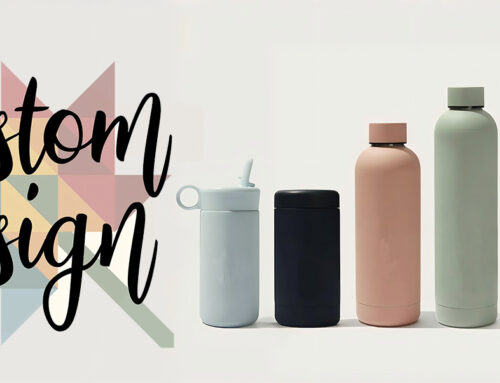In the dynamically evolving realm of water bottle innovation, the pursuit of novel designs and features is an ongoing process. As water bottle manufacturers feverishly work to create cutting-edge water bottles, tumblers, or mugs that cater to the ever-changing consumer preferences, the significance of safeguarding these innovations and designs through patents becomes increasingly apparent. Ensuring that your creative water bottle designs do not infringe on existing patents is crucial in avoiding unnecessary troubles. In this exploration of the latest developments in water bottles, we delve into the intricacies of patent protection and strategies for preventing potential patent infringement. By doing so, as a leading custom design water bottle manufacturer factory, KingStar paves the way for your success in selling water bottles.
1. What is patent?
In simple terms, a patent is like a special permission from the government that gives an inventor complete control over their invention for about 20 years. This means that nobody else can make, use, or sell the invention without asking the inventor first. In return for this special right, the inventor has to tell everyone about their invention through a patent application. Patents are meant to encourage new ideas by giving inventors a temporary monopoly on their creations, so they have time to benefit from their hard work before others can freely copy them. There are three types of patents:
- Utility patents: The most common type of patents are utility patents, which cover new and useful inventions or discoveries. These patents can be granted for processes, machines, articles of manufacture, and compositions of matter. They provide the broadest protection for the functionality or usefulness of an invention.
- Design patents: Design patents focus on the visual appearance of an invention, specifically its ornamental or aesthetic aspects. They are granted for new and original designs that enhance the look of a manufactured item. Unlike utility patents, design patents do not protect the functional elements of the invention; they solely safeguard its visual appeal.
- Plant patents: Plant patents are granted for new and unique types of plants that are reproduced without the use of seeds, but rather through methods like grafting or cutting.
Each type of patent serves a different purpose and offers protection for specific aspects of an invention. Inventors usually pick the type of patent application based on what their invention is about and which parts they want to protect. To get a patent, inventors have to submit a detailed and clear description of their invention to the government’s patent office. The invention must be new, not obvious, and useful in order to qualify for patent protection. Once granted, the person who holds the patent has the legal right to enforce their exclusive rights and take legal action against anyone who uses, makes, or sells the patented invention without permission.
2. Why should water bottle sellers care about patent infringement?
The selling and making of water bottles involves their function and appearance, which are connected to utility patents and design patents. Even if you come up with a cool custom mug, it could still be similar to a patented drink bottle. This could cause problems when trying to sell it later on. So, it’s super important for water bottle manufacturers to make sure that their products don’t infringe on any patents. Here, we’ll explain in detail why you need to be careful about patent infringement when selling custom water bottles.
- Legal consequences: Selling water bottles that infringe on patents or technologies can get you in legal trouble. Patent holders have the right to protect their ideas, and if they catch someone of their patent infringement, they can take legal action, like filing a lawsuit, getting an injunction or seeking damages.
- Financial impact: Legal battles resulting from patent infringement can be quite expensive. Water bottle sellers might end up facing significant financial damages and could be required to pay royalties or other fees if they are found guilty of patent
- Business reputation: Accusing or finding water bottle sellers guilty of patent infringement can seriously harm their reputation. It could make customers, partners, and investors see the your water bottle sales in a negative light, which would affect relationships and trust.
- Market competition: If you copy patented water bottle designs or technologies, you might get kicked out of the market. If legal action is taken and a court order is issued, the seller may have to stop selling the copied products, giving competitors with original products a big advantage.
- Supply chain disruptions: Patent infringement cases can really mess up the supply chain. Sellers might have to stop making and selling those knockoff water bottles, which could result in losing inventory and facing all sorts of operational headaches.
- Long-term viability: Being constantly involved in patent infringement cases can seriously impact the long-term survival of a water bottle seller. It might make them reconsider their business strategies and realize the importance of implementing more comprehensive intellectual property management practices.
- Global operations: The patent infringement cases can have a global impact for sellers who operate internationally. It gets complicated because different jurisdictions have their own legal standards and outcomes, which adds complexity to the legal challenges.
3. What behaviors belong to patent infringement?
The term patent infringement refers to when someone uses, makes, sells, or distributes a patented invention or process without permission. Basically, it’s doing things that go against the rights given exclusively to the person who holds the patent. Here are some common behaviors that fall under patent infringement:
- Making, using, selling, or offering for sale: Engaging in the manufacturing, use, sale, or offering for sale of a product or process that is covered by someone else’s patent without obtaining the necessary license or permission.
- Importation: Importing products into a country where the patented invention is protected without the authorization of the patent holder.
- Contributory infringement: Providing components, parts, or materials that contribute to the creation of a patented invention, knowing or actively encouraging their use in an infringing manner.
- Inducing infringement: Encouraging or inducing others to infringe on a patent, for example, by providing instructions or guidance on how to use a product in a way that infringes on a patented method.
- Literal infringement: Directly copying or reproducing all or a substantial part of the patented invention without permission.
- Equivalent infringement: Making, using, or selling a product that may not be an exact copy of the patented invention but still performs substantially the same function in a similar way and achieves the same result.
- Unauthorized licensing: Granting licenses for the patented invention without the right to do so, either intentionally or due to a misunderstanding of the patent holder’s rights. Click and read more about NDA: Custom Design Water Bottle Manufacturing: Why NDA Is Important
4. What is water bottle patent infringement?
The water bottle patent infringement refers to the unauthorized use, production or sale of a water bottle design or technology that is protected by a valid patent. Water bottles are one of the trickiest products when it comes to patent infringement. There are so many patents related to water bottles, which makes it difficult for manufacturers to navigate through the extensive patent landscape. Additionally, many water bottle patents may have similarities, so each patent needs to be thoroughly examined individually. This process can be time-consuming and complex, adding to the difficulties of ensuring compliance with existing patents.
Furthermore, water bottle patents may cover different aspects of the product. For example, a patent could protect the entire water bottle as a single integrated design including both the lid and body. Alternatively, a patent might focus solely on the lid or cap of the bottle. This complexity highlights how important it is for manufacturers to carefully analyze and respect every aspect of patented designs. Making changes only to the body of the bottle might not be enough to avoid infringement if the patented lid or cap is still used. This situation emphasizes why having a comprehensive understanding of all relevant patents and making meticulous adjustments to design elements is necessary in order to avoid legal complications associated with patent infringement in the water bottle industry.
For your better understanding, please consider the below example:
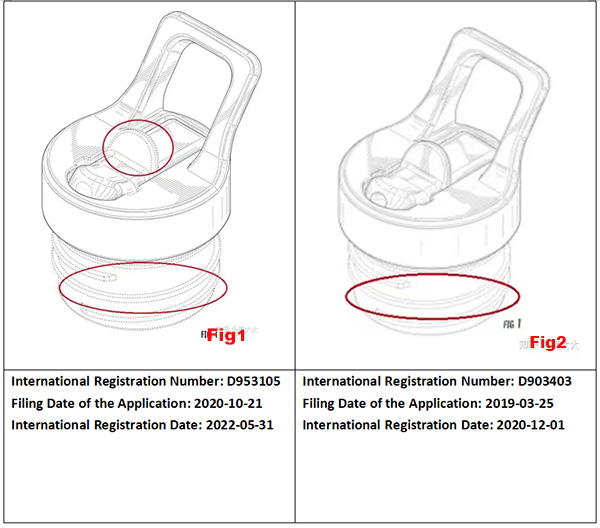
After checking out the example above, some folks might wonder: “Hey, those products in the two patents don’t look exactly alike. How can we figure out if it’s patent infringement?” Well, at this point, we gotta take a close look at that mark inside the red circle on the patent diagram. That part is shown with a dashed line, which means its design can be altered. As long as the design of the solid line matches that of another patent, it could potentially be infringement. Avoiding design patent issues isn’t rocket science; you just need to make changes in the right place. In our previous example, if only the dashed line part of the lid is changed while keeping everything else intact (the solid line part), then all those changes would be pointless because when determining design patent infringement, it’s all about that solid line design. Only by effectively altering that solid line portion can we steer clear of any infringement risks.
5. How to avoid patent infringement for your water bottle sales?

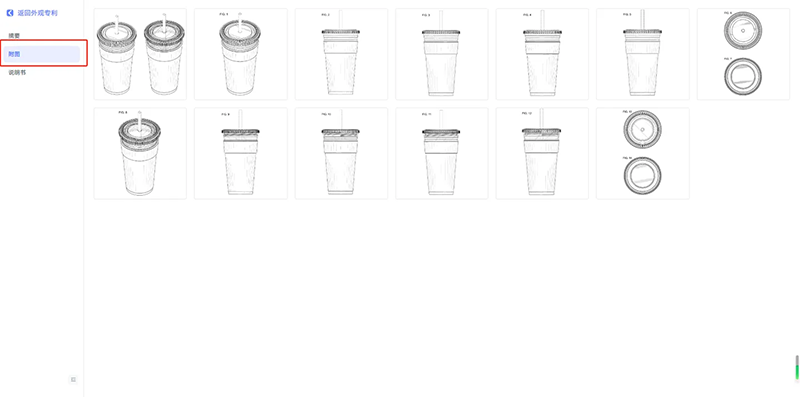
As a seller of water bottles, it’s crucial to thoroughly check for any potential patent infringement risks when choosing and customizing water bottles to avoid accidentally violating others’ design patents. The process involves two main steps: finding relevant design patents and assessing the level of risk. Let’s take a specific water bottle product in the market as an example, here are the steps:
Step One: Find similar design patents by conduct a patent search
Do a thorough patent search to find any existing patents related to water bottles. You can use online databases like the United States Patent and Trademark Office (USPTO) or the European Patent Office (EPO) to look for relevant patents.
Step Two: Assess the risk
- Identify design patents that are similar. Click on a card representing a relevant design patent to access its details.
- In the detail page, open the side-by-side comparison of the original images to compare them with your product. As a U.S. seller, pay special attention to distinguishing between dashed and solid lines.
- Check the design patent’s LOC classification, grant date, and other information to determine its relevance to your product.
- Navigate to the attached images section to review all pictures related to the design patent and compare them with your product.
- Finally, examine the design patent’s specification carefully.
Step Three: Modify your water bottle design based on recommendations
After evaluating the potential infringement risk, consider modifying the design of your water bottle based on any advice or suggestions provided. This ensures that your product is legally compliant and does not infringe on existing design patents. Additionally, consulting with legal professionals during the design process can offer a more comprehensive understanding of legal compliance.
Step Four: Secure your own water bottle design
Make sure the design of your personalized water bottle is exclusive by getting patents for its unique features. This not only protects your product from potential copying but also gives you legal protection in case of any legal disputes. Patents not only safeguard the design of your product but also its functionality, which can be a big advantage in a competitive market. Moreover, having a patent in place can give you an edge over others and make your water bottle stand out in the market. Additionally, obtaining patents can help you establish a strong reputation in the industry, showing your dedication to innovation and originality.
Remember, patent laws can be complex and may vary by country. It’s crucial to consult with legal professionals who specialize in intellectual property to ensure that you are taking the appropriate steps to avoid patent infringement.
6. Conclusion
As the market becomes more crowded with new products and designs, protecting these innovations through patents becomes essential. Patents not only protect the your rights but also provide them with a competitive edge in the market. However, the process of obtaining a patent is complex and requires a thorough understanding of intellectual property laws. This is where concerns of patent infringement arise, as companies often struggle to navigate the complexities of the legal system.
KingStar is a top custom wholesale drinkware manufacturer. We provide one-stop manufacturing service from product design, prototype engineering, sample fabricating, mass production to globally shipping. We have got loads of experience in making custom water cups, a super talented design team, and we’ve partnered up with some big-name brands. If you choose to work with us and customize drink bottles/mugs/wholesale stainless steel tumblers/bulk insulated coffee cups/food containers/beer growlers/dog bowls, not only will you benefit from our extensive industry know-how and technical prowess, but you’ll also steer clear of any patent infringement headaches. Our design squad is bursting with creativity and can whip up personalized solutions that cater to all kinds of customers’ needs. When it comes to manufacturing these bad boys, we use top-notch materials and cutting-edge production techniques to ensure the highest quality and longest lifespan possible. Plus, we’re all about safety and eco-friendliness here! Our products meet national standards, having undergone rigorous quality tests for ultimate peace of mind. And let’s not forget our commitment to Mother Earth – we go green by using environmentally friendly materials and processes that minimize harm on the environment.
For more information about bringing your unique design idea to market, please leave online message or send email to sales@waterbottle.tech, you will get quick response and full support within 24 hours!

